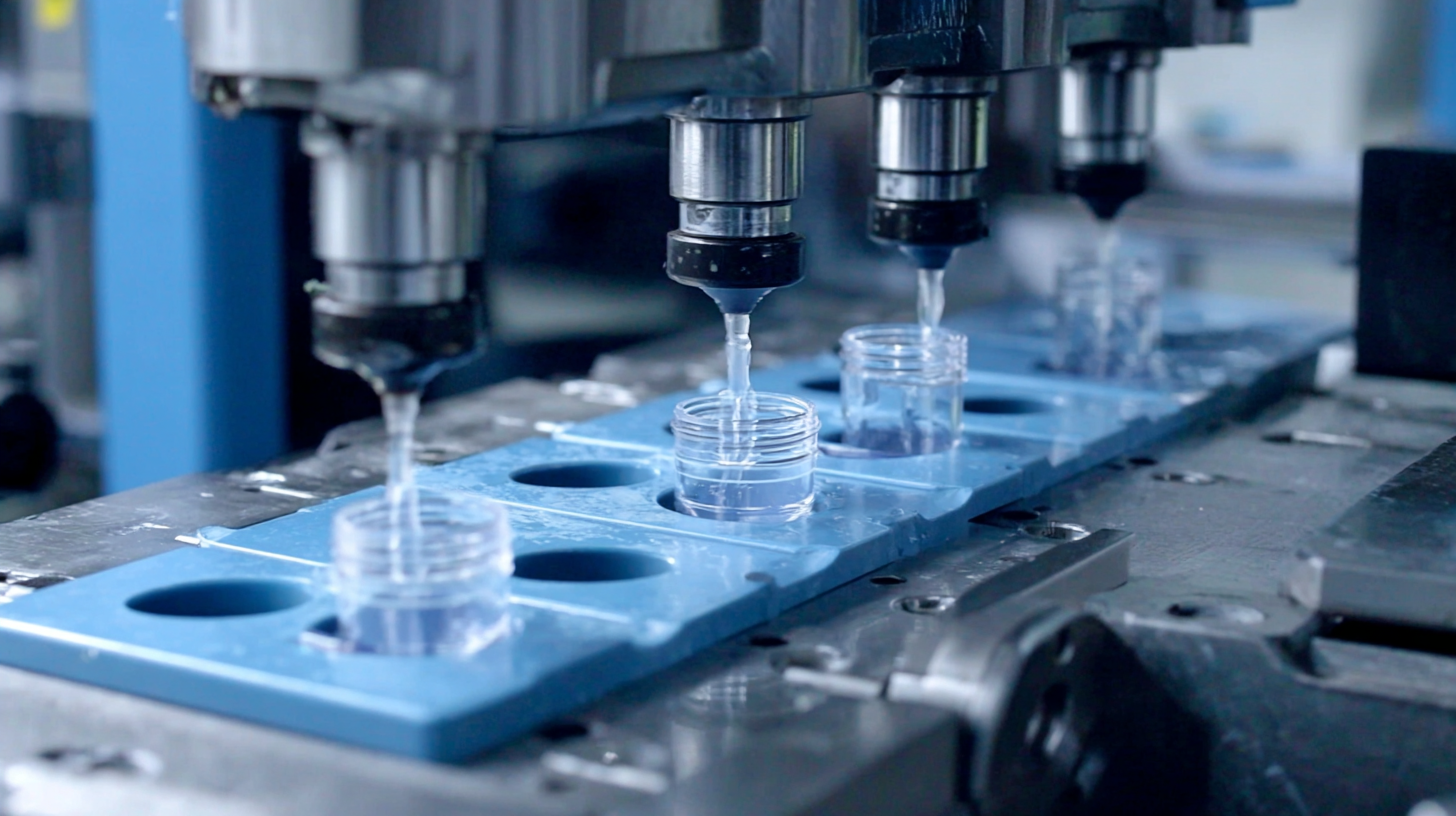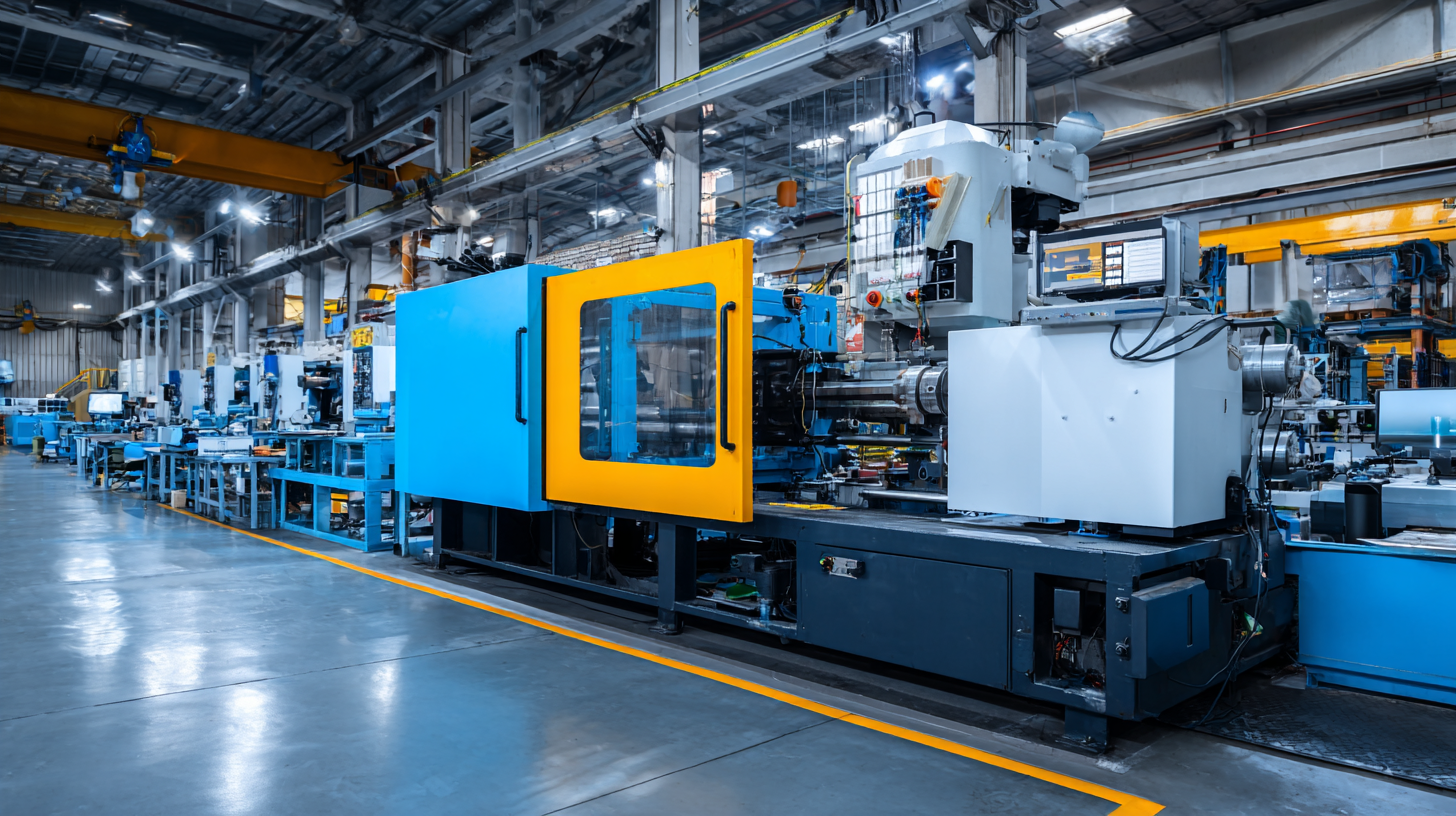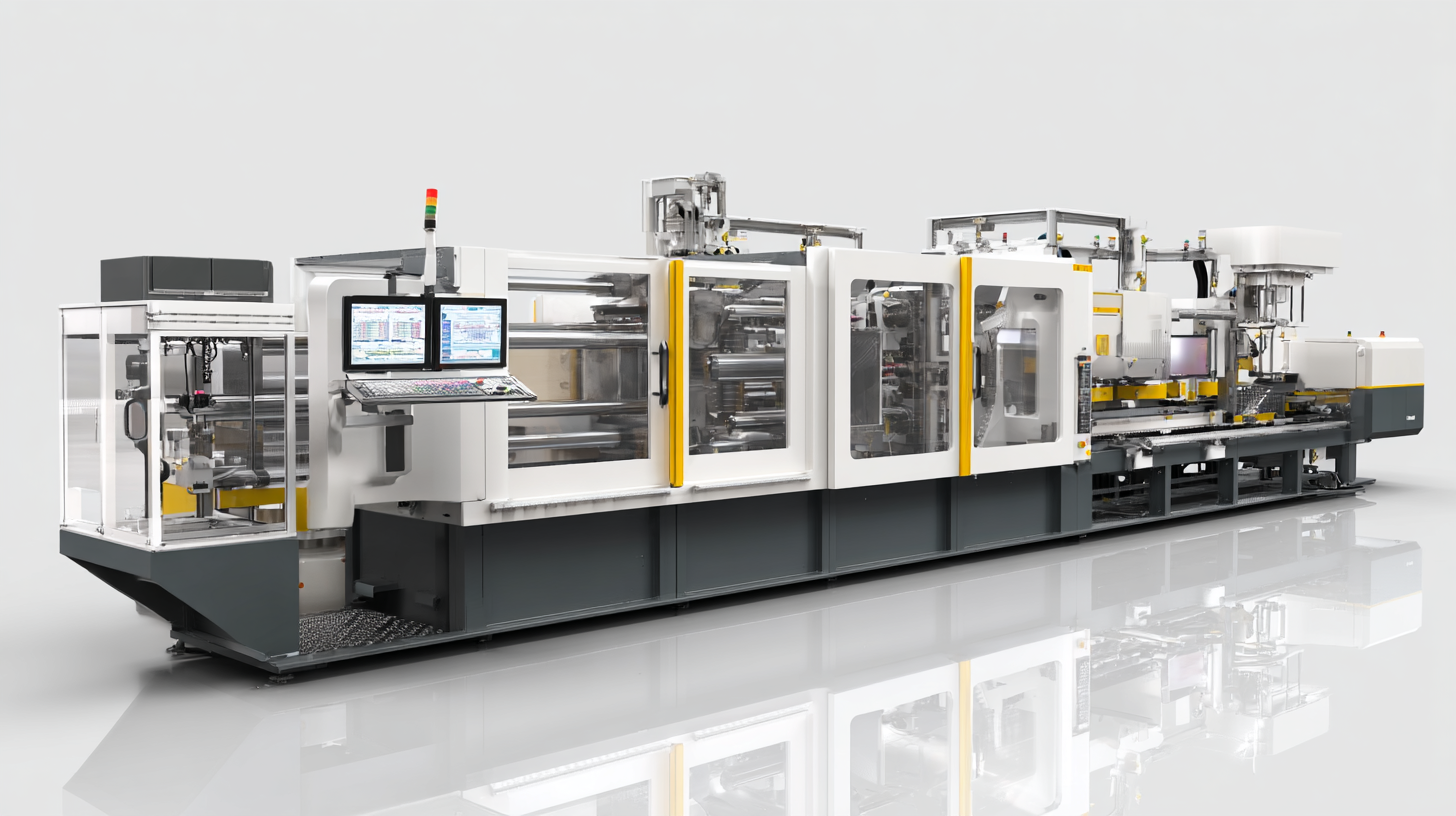Posts
Mastering the Injection Molding Process: Tips for Streamlining Production Efficiency
The injection molding process is a vital manufacturing technique widely used in various industries to produce a multitude of plastic parts and products. As businesses strive to enhance production efficiency, mastering this process becomes crucial. This article delves into key strategies and insights for optimizing the injection molding process, emphasizing the importance of precision, timing, and material selection. By understanding the intricacies of the process and implementing best practices, manufacturers can significantly reduce cycle times, minimize waste, and improve the overall quality of their products. With the increasing demand for high-quality, complex designs, streamlining the injection molding process is not just beneficial but essential for staying competitive in today's fast-paced market.

Understanding the Basics of Injection Molding Technology
Injection molding is a widely used manufacturing process that transforms raw plastic into various shapes and designs, making it essential for industries ranging from automotive to consumer goods. According to a report by Grand View Research, the global injection molding market size was valued at USD 242.8 billion in 2020 and is expected to expand at a compound annual growth rate (CAGR) of 4.5% from 2021 to 2028. This rise is largely driven by increasing demand for lightweight and durable products, as well as advancements in technology.
Understanding the basics of injection molding technology involves grasping the key components such as the injection unit, mold, and clamping unit. The injection unit melts plastic pellets and injects them into molds, where they cool and take shape. Modern advancements include the use of computer-aided design (CAD) and simulation software, which enhance mold design and production efficiency. As highlighted in a study by the Society of Plastics Engineers, optimizing mold flow can reduce cycle times by up to 30%, significantly improving overall production efficiency. By mastering these fundamentals, manufacturers can streamline their processes and better meet market demands.

Key Factors Influencing Production Efficiency in Injection Molding
When considering the production efficiency of injection molding, several key factors come into play. First, the optimization of mold design is crucial. A well-designed mold minimizes cycle time and ensures consistent part quality. Features such as appropriate cooling channels can significantly reduce the time parts take to cool, ultimately speeding up the overall production process. Additionally, selecting the right materials based on their flow characteristics can enhance performance, reducing the chances of defects and waste.
Another important factor is the machinery used in the molding process. Investing in high-quality, energy-efficient injection molding machines can lead to improved cycle times and reduced energy consumption. Moreover, regular maintenance of equipment helps avoid unexpected breakdowns, which can severely disrupt production flow. Lastly, operator training plays a pivotal role in efficiency. Skilled operators can quickly troubleshoot issues and adjust parameters to optimize production, ensuring that the molding process runs smoothly and efficiently. By focusing on these factors, manufacturers can significantly streamline their injection molding processes.

Strategies for Reducing Cycle Time in Injection Molding Operations
Reducing cycle time in injection molding operations is crucial for enhancing production efficiency and cost-effectiveness. One effective strategy is to optimize the cooling phase, as it often consumes the most time in the cycle. Utilizing advanced cooling techniques, such as conformal cooling channels or temperature control systems, can significantly decrease the cooling duration, hence speeding up the overall process.
Another practical tip is to streamline the setup and changeover processes. Implementing quick-change systems for molds and automating the setup can minimize downtime between production runs. Regularly maintaining equipment also plays a vital role; a well-maintained machine operates more reliably and efficiently, preventing unexpected downtimes that can disrupt the production flow.
Lastly, investing in employee training on the injection molding process can lead to improved performance and reduced cycle times. Skilled operators who understand the intricacies of the machinery and materials can identify potential issues quickly and execute production runs with greater efficiency, ultimately contributing to a more effective injection molding operation.
Best Practices for Quality Control Throughout the Injection Molding Process
Quality control is a crucial element in the injection molding process, directly impacting the efficiency and output of production. Implementing rigorous inspection procedures at various stages can significantly reduce defects. This includes initial evaluation of raw materials, ensuring they meet specified standards before processing begins. Regular monitoring during the molding cycle, such as checking temperature and pressure parameters, helps maintain consistency and can prevent issues that lead to costly rework.
In addition, utilizing advanced technologies like in-line inspection systems can enhance quality control during the molding process. These systems allow for real-time analysis, enabling immediate adjustments to be made, should any discrepancies arise. Training staff in best practices and emphasizing the importance of quality control fosters a culture of excellence, resulting in fewer errors and a higher-quality end product. By prioritizing quality at every step, manufacturers can streamline production efficiency and bolster their overall success in the competitive landscape of injection molding.
Utilizing Advanced Technologies to Enhance Injection Molding Performance
In the rapidly evolving field of injection molding, integrating advanced technologies is key to boosting performance and efficiency. According to a recent industry report by Grand View Research, the global injection molding market is projected to reach USD 345 billion by 2025, reflecting a compound annual growth rate (CAGR) of 3.5%. This growth is fueled by the adoption of automation and smart technologies, which help streamline production processes and reduce cycle times. Utilizing advanced software for simulation and design can lead to significant improvements in both product quality and manufacturing efficiency.
To enhance injection molding performance, consider implementing the following tips: First, invest in real-time monitoring systems that leverage Internet of Things (IoT) technologies to track machine performance and detect anomalies early. This proactive approach can lead to reductions in downtime and maintenance costs. Second, explore the use of innovative materials and additives that not only improve the fluidity and strength of polymers but also enable the production of lighter and more durable products, accommodating the ever-growing demand for sustainable manufacturing.
Moreover, adopting energy-efficient machinery is crucial. As highlighted in a report by Mordor Intelligence, energy consumption can account for nearly 20% of overall operational costs in injection molding facilities. By choosing energy-efficient models, manufacturers can reduce their operational costs while aligning with global sustainability goals. Embracing these advanced technologies and practices will not only enhance injection molding performance but also create a competitive edge in the industry.
Related Posts
-

The Ultimate Guide to Choosing the Right Clear Plastic for Your Projects
-

The Miracle of Cast Acrylic Unveiling Its Versatile Applications in Modern Design
-

Discover the Benefits of Custom Cut to Size Plexiglass for Your Home and Business Needs
-

Exploring the Versatility of Cast Acrylic: Creative Applications for Modern Design
